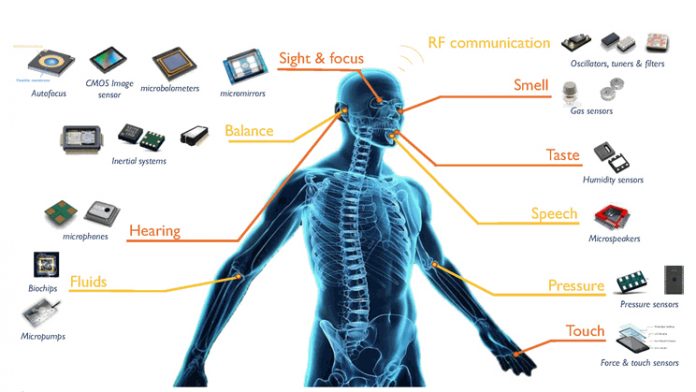With various applications in a wide range of verticals such as fitness and wellbeing, medical and healthcare, entertainment and infotainment, industrial, commercial, aerospace, and military, wearable electronics facilitate a variety of functions.
The market witnessed significant growth in 2015 and is expected to grow impressively by 2020 end, at a double digit CAGR.
Consumers have been wearing electronics such as Bluetooth headsets, pacemakers, hearing aids, and wristbands since a couple of decades. The wearable electronics industry is witnessing innovation with each wearable hitting the market, including smart garments, sports watches, smart glasses, chest straps, head-mounted displays, body-worn cameras, health monitoring sensors, and other fitness monitors. FMI’s research reflects attractive growth opportunities for the wearable electronics industry in the near future.
Key Drivers: Wearable Electronics Market
The impressive growth of the wearable electronics market is attributed to growing consumer interest in health and fitness monitoring. Moreover, a variety of wearable products are available online, which boost the popularity of wearable electronics.
The market is constantly witnessing innovative product development, offering enhanced functionality and display. This plays a key role in pushing the demand for wearable electronics in the market. Increasing user-friendliness of electronic wearable gadgets is another factor supporting their popularity among consumers.
Rising proliferation of smart glasses and smart watches is attributed to their data-sharing ability with smartphones. Smart watches have been representing the largest market revenue share since the last two years, owing to their ability to manage phone calls and social media, and play music and games, in addition to primarily track individual fitness.








